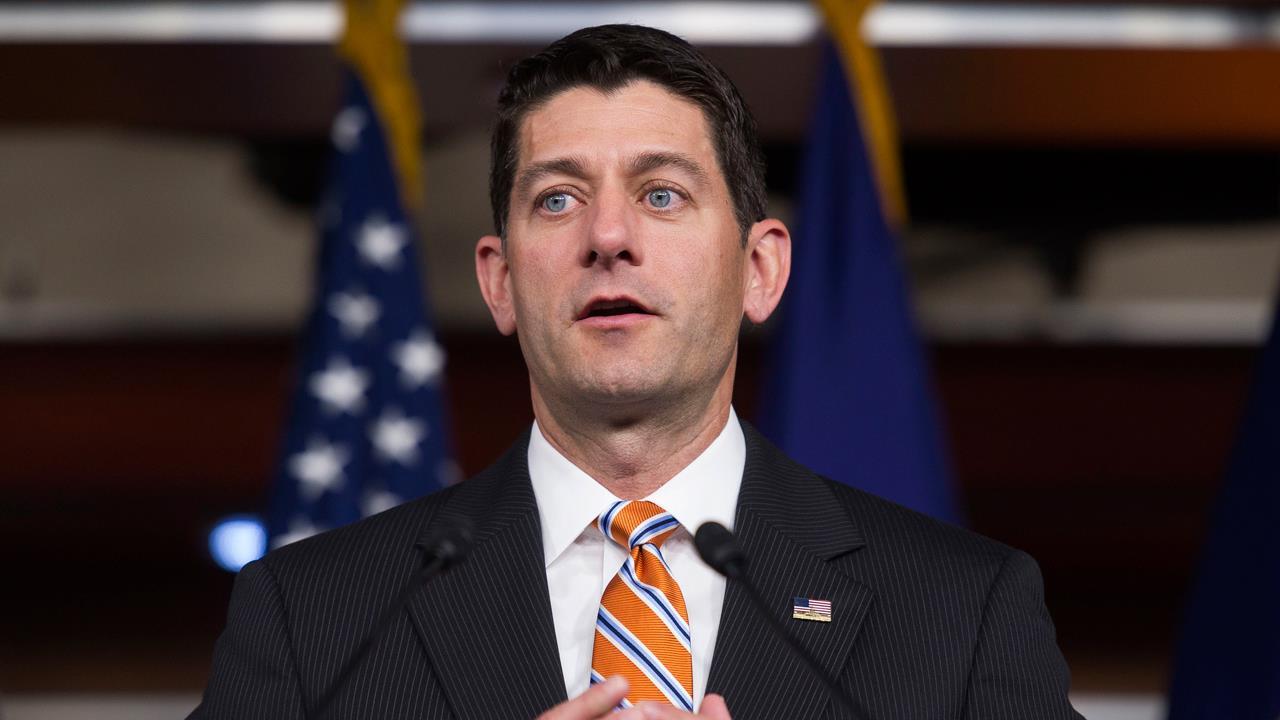Trump’s pro-growth agenda to power US economy for a decade: White House
The U.S. economy will grow at an annual pace of at least 3% over the next decade after the benefits of tax cuts and regulatory changes exceeded expectations in 2017, the Council of Economic Advisers said in its annual report.
“The administration is predicting, on average, 3% annual growth through 2028 with the tax cuts and the administration’s full policy agenda, compared to an estimated 2.2% annual growth without them,” Kevin Hassett, chair of the council, told reporters on Wednesday.
Hassett added that growth, over the long run, would be 3.8% larger if expensing provisions in the tax bill are made permanent and 2.9% larger if those provisions expire in five years.
GDP growth in 2017 averaged 2.3%, up from 1.5% in the year prior, and boasted two consecutive quarters of expansion above 3%. Meanwhile, the U.S. economy added 2.2 million jobs, including 189,000 in manufacturing and 53,000 in mining.
“The primary components driving my administration’s pro-growth policy agenda—tax cuts, tax reform and smart deregulation—have inspired enormous confidence in the economy and optimism that it will continue thriving,” President Donald Trump wrote in the foreword to the report.
There’s more economic expansion ahead, the White House said. The optimism inspired by the Trump administration’s corporate tax overhaul, namely a 14-percentage-point reduction in the federal tax rate and allowing firms to expense investments fully, is expected to lift wages by $4,000. The Council of Economic Advisers also noted that as a result of the Tax Cuts and Jobs Act, which Trump signed into law in December, 350 companies have already “announced billions in investments in plant and equipment in the United States,” along with efforts to implement new benefits for workers.
Continuation of the pro-growth agenda
In addition to explaining the economic benefits related to the Tax Cuts and Jobs Act, the White House detailed future initiatives it expects to boost U.S. growth, including its $1.5 trillion infrastructure plan. The federal government recently said it would commit $200 billion to the effort and rely heavily on states to attract outside private investment to fund major projects. The plan aims to streamline the permitting approval process to less than two years.
Ensuring fair and reciprocal trade deals, which include renegotiating NAFTA and the U.S.-Korea Free Trade Agreement, is another top priority for the White House. There was no allusion to a “reciprocal tax,” as mentioned by the president last week.
Also high on the to-do list are improving cybersecurity and protecting intellectual property, theft of which amounts to losses of $185.7 billion to $557.1 billion, according to the White House, shaving 1% to 3% off of GDP each year.
